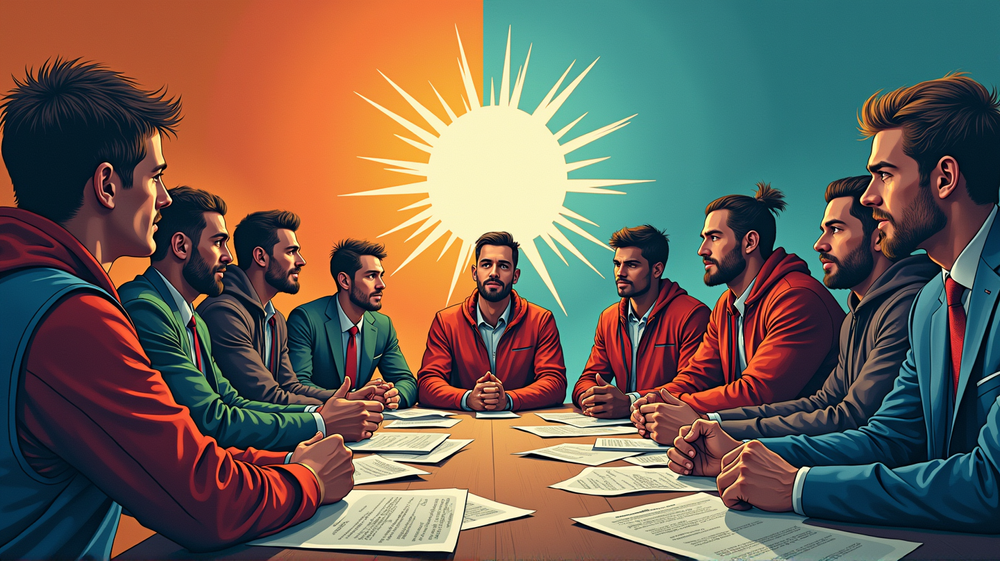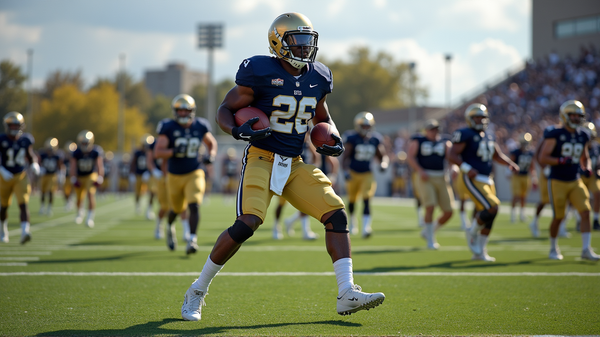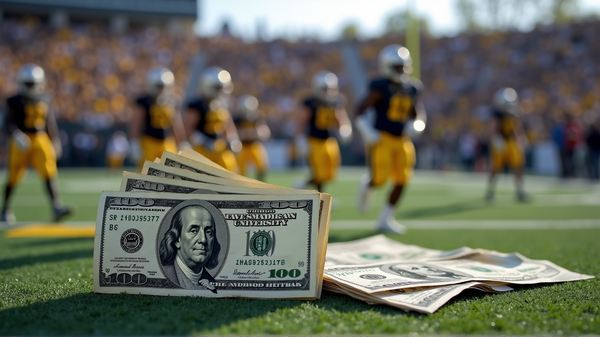Will Collective Bargaining Save College Football from NIL Chaos?
In a rapidly evolving landscape where college athletes grapple with the implications of Name, Image, and Likeness (NIL) laws, one question looms large: Can collective bargaining be the key to saving college football from its own chaos? As college sports stand on the precipice of a new era, Jim Cavale, founder of Athletes.org, posits that only a united athletes’ front can ensure true transformation.
A Pivotal Point for College Sports
The introduction of NIL legislation, sparked by former UCLA basketball player Ed O’Bannon’s lawsuit, has undeniably shifted paradigms within the college sports world. However, as the lawsuits pile up against the NCAA, Cavale asserts that litigation cannot be the sole means of governance for college athletics. “The only sustainable solution for college athletics to have rules that can be enforced without litigation is collective bargaining,” he insists.
The Driving Force Behind Athletes.org
Cavale, alongside NFL alumnus Brandon Copeland, founded Athletes.org to champion the cause of college athletes. With an astonishing 4,700 members, it stands as the largest players’ association in America, focusing heavily on Power Four football and basketball. Here, Cavale foresees the necessity of collective bargaining to navigate the uncharted waters of the NIL era.
Filling the Education Void
Athletes are still navigating this complex new reality, often piecing together their understanding from media reports. “The schools have said, ‘We’re going to tell our athletes how it’s all going to work once it gets approved,’” Cavale notes. This gap in education spurred the creation of an app by Cavale’s team, designed to demystify the intricacies of NIL, roster limits, and compensation structures.
The Role of Collective Bargaining
Collective bargaining could provide the robust framework necessary to address issues surrounding the transfer portal, free agency, and athlete compensation, while simultaneously giving athletes the say they’ve been lacking. Cavale emphasizes, “We need a set of rules that can be enforced without litigation.”
Looking Ahead
The current situation may seem turbulent, but hope lies in the potential for these student-athletes to come together. According to Sports Illustrated, with proper guidance and a united voice, it’s conceivable that collective bargaining could indeed be the beacon that guides college football to a fairer and more balanced future.




